How to Install a Wire Fence on Uneven Ground

Wire fences are a great addition to any yard or farm, but they can be difficult to install on uneven ground.
The method for installing a wire fence on the uneven ground depends on the steepness and the type of fencing material used. We’ll break down each wire installation method and explain the factors involved in them and how to perform them.
Pros and Cons of Wire Fence Installation Methods
| Installation Method | Pros | Cons |
|---|---|---|
| Dig or Fill out the Fence Line Area | – Creates an even fence line- Requires less intensive labor and minimal equipment | – Tiring DIY project for large areas – Not suitable for areas with drastic changes in slope and elevation |
| Contour the Fence to Match the Ground | – Flexes and stretches to follow the landscape – Adds aesthetic value to the property | – Difficult to cut evenly for chain link fences – It can be challenging to keep fence level |
| Use Stepped Fences | – Does not require major landscaping – Follows the natural slope | – Uneven staircase-type fencing with pointed top edges – Small gaps may appear between panels |
| Use Racked Fences | – Follows the natural slope – No major landscaping required | – Limited to 10 degrees or fewer slopes – Requires flexible structures and materials |
| Use Level-Topped Fences | – Fills in small gaps between fence and ground – Adds aesthetic value to the property | – Not suitable for areas with drastic changes in slope and elevation – Gaps must be small enough to be hidden |
Knowing more about these installation methods will make installing any wire fence or chain link fence slats much easier.
Methods for Installing a Wire Fence on Uneven Ground
Selecting the right installation method is the first step to installing a wire fence on uneven terrain.
The installation method mainly depends on your expected result and the condition of the terrain. Still, it’s also important to consider factors like the material and how the fence will be used.
Materials Suitable for Wire Fence Installation Methods
| Installation Method | Suitable Materials |
|---|---|
| Dig or Fill out the Fence Line Area | All types of wire fencing |
| Contour the Fence to Match the Ground | Barbed wire and chicken wire |
| Use Stepped Fences | All types of wire fencing |
| Use Racked Fences | Flexible structures and materials like wire fencing and chain link vinyl fencing |
| Use Level-Topped Fences | All types of wire fencing |
Dig or Fill out the Fence Line Area
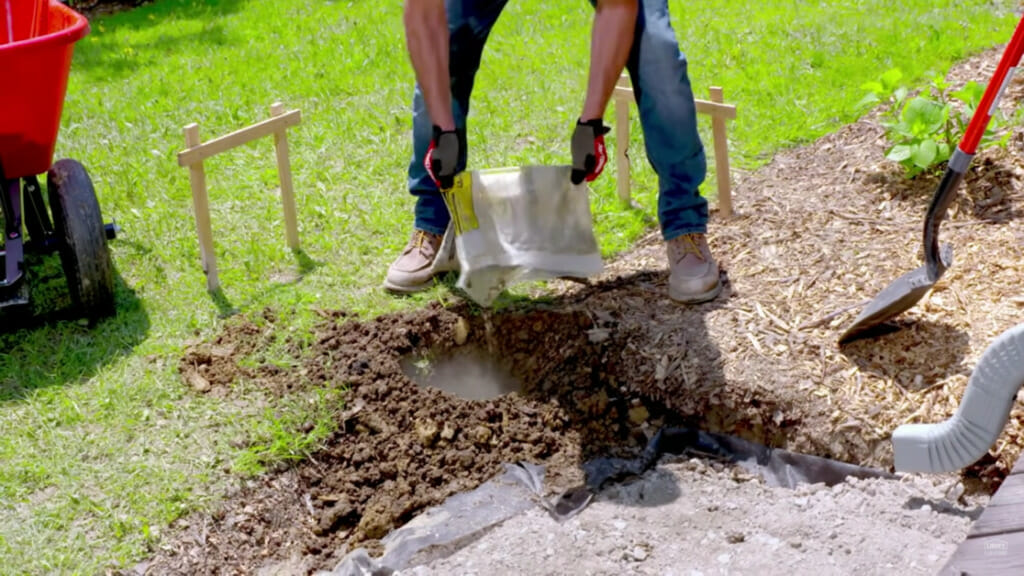
This installation method is focused on evening out the terrain before building the fence.
First, mark down the fence line or the area where the fence will be installed on. You’ll need to identify which part of the line is “even”; this refers to the most common ground level on the fence line, or select the ground level you want to use.
After that, fill in the areas below the “even ground” and dig out the areas above it. This will create an even fence line for you to install the fence on top of.
Digging or filling out the fence line area is usually done for areas with soft ground and minimal ground-level changes since it requires less intensive labor and minimal equipment. If you install the wire fence as a DIY project, this method is extremely tiring.
Contour the Fence to Match the Ground
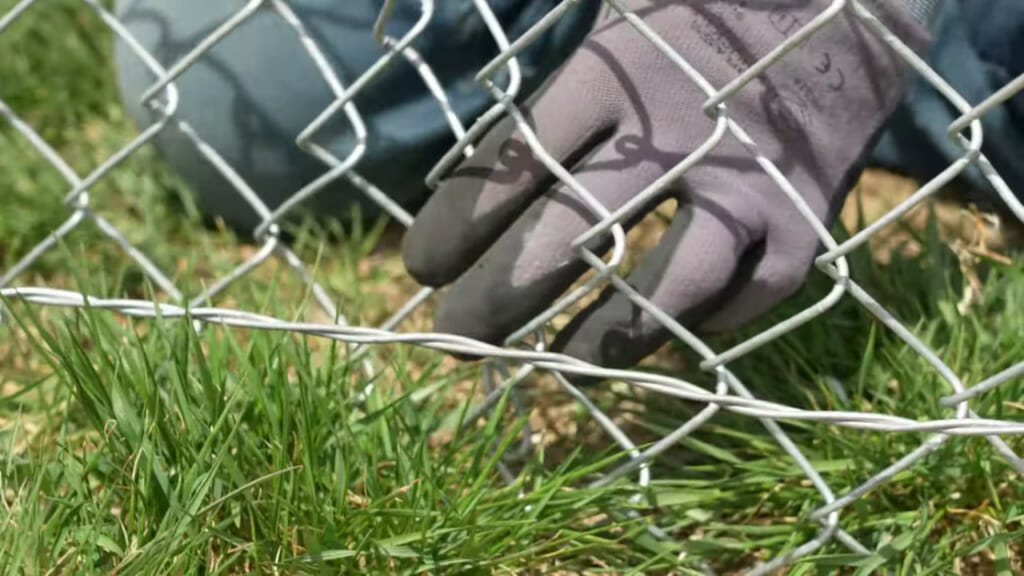
Some types of wire fencing flex and stretches themselves to follow the layout of the landscape.
Install all the needed fence posts throughout the fence line and ensure that the posts sit perpendicular to the top and bottom of the uneven areas. Cut the fence installed to match its base with the slope.
For wire fencing, this involves cutting the bottom wires while ensuring that the top wires remain level with each other and the land it’s on top of. You can add additional posts to close any gaps that form during the cutting process.
Check if your preferred wire fencing is safe and easy to cut before proceeding with this method.
Contouring the fence is easier for barbed and chicken wire fences since you can cut the bottom wire without affecting the other wires.
You may encounter difficulties with this method for chain link fence installations since it’s harder to cut evenly while remaining level with the ground and other fences.
Use Stepped Fences
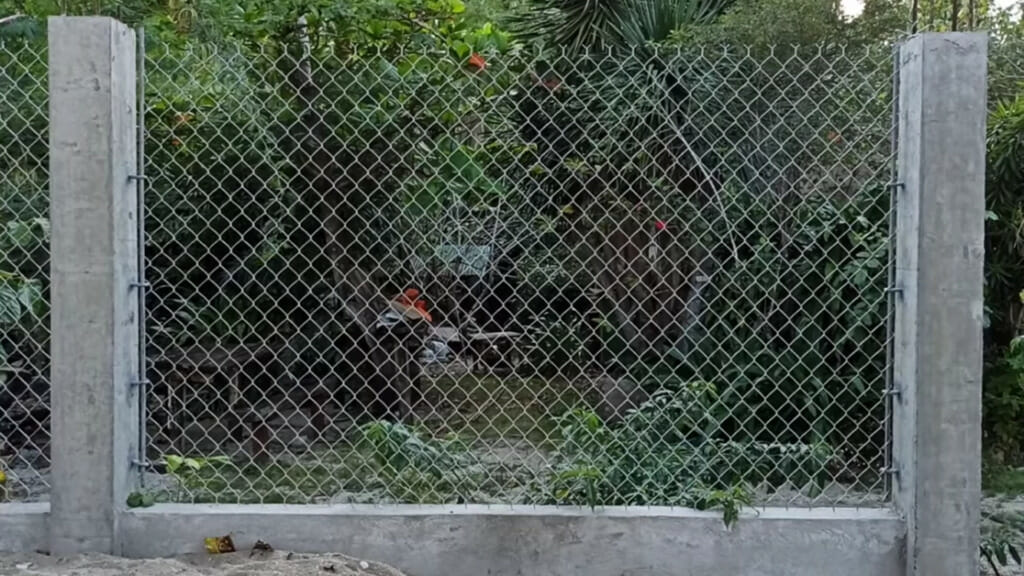
Stepped fences involve installing the panel fences at one level and then moving down the slope for the succeeding installations.
You will install each set of panels at the start of a new slope or dip and end just before the elevation changes again. Continue installing each panel one step down or up from each other while following the area’s slope. It’s similar to installing a set of staircases where you’ll install it at one level and then move on to the next.
This method isn’t as neat and puts together as other fencing installation methods since you’re not making any major adjustments to the fencing or ground.
Stepped fences result in uneven staircase-type fencing with pointed top edges. There might also be small triangular gaps between each panel where small animals and rodents can slip through, so it’s not well suited as an agricultural fencing product. However, you can cover these gaps by adding plants or rocks to close them.
Use Racked Fences
Racked fences don’t require any major landscaping or terrain leveling.
This installation method follows the area’s natural slope, resulting in a fence line with various rises and falls.
It sounds similar to using stepped fences and follows the same steps, but the main difference is the type of fencing used. Racked fences need flexible structures and materials like wire fencing and chain link vinyl fencing; this prevents gaps or holes from appearing throughout the fence line.
This method is recommended for 10 degrees or fewer slopes to prevent them from appearing too uneven.
Use Level-Topped Fences
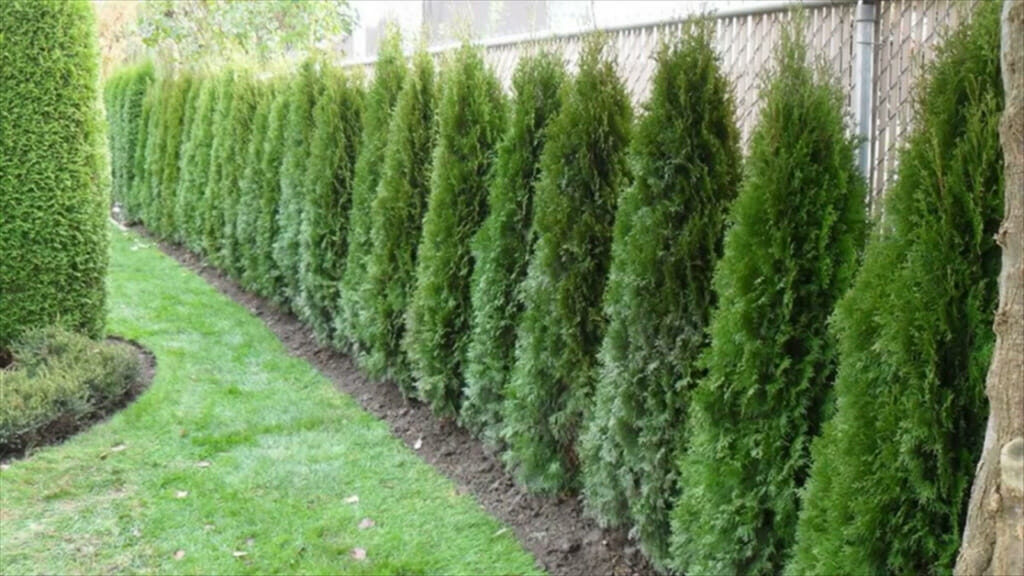
This fencing installation method involves filling small gaps between the fences and uneven ground with plants, rocks, and soil.
Install the fencing normally throughout the fence line and mark down the areas with small gaps between the fence and the land. Fix the gaps by adding more soil on top of it and planting bushes and plants along the fences. Use dirt, gravel, and rocks to fill gaps and add some plants for larger gaps.
Note that the gaps between the fences and uneven ground should be small enough to be hidden.
Unlike digging out or filling in the fence line area, this method isn’t suitable for areas with drastic changes in slope and elevation. Using level-topped fencing is more focused on filling in and hiding small gaps. You could say it’s more similar to performing a landscaping job near the installed fencing. On the other hand, it’s easy to perform with all types of wire fencing, such as a chain link fence hill or chicken wire fence.
Wire Fence Installation Tips and Tricks
Before deciding which method to use, here are some tips and tricks to simplify building fences on uneven ground.
Summary Wire Fence Installation Tips and Tricks
| Tip/Trick | Description |
|---|---|
| Survey the Area Beforehand | Check the terrain and identify any potential challenges before starting the installation process. |
| Use the Right Tools | Make sure you have the appropriate tools for the installation method you choose. |
| Follow Safety Procedures | Wear appropriate safety gear, especially when using power tools. |
| Secure the Fence Posts | Make sure the fence posts are securely anchored in the ground. |
| Consider Soil Erosion | Install a ground cover or stabilize the soil to prevent erosion around the fence posts. |
Survey the Area Beforehand
It’s important to know the area that you’re dealing with before installing any fence.
Check how steep the area is, if there are major rises and dips around your planned fence line, and what obstacles you might encounter during installation. Use these factors to decide which method is best suited for you and whether creating an even fence is possible.
Consider if the Fence Material is Compatible with the Installation Method
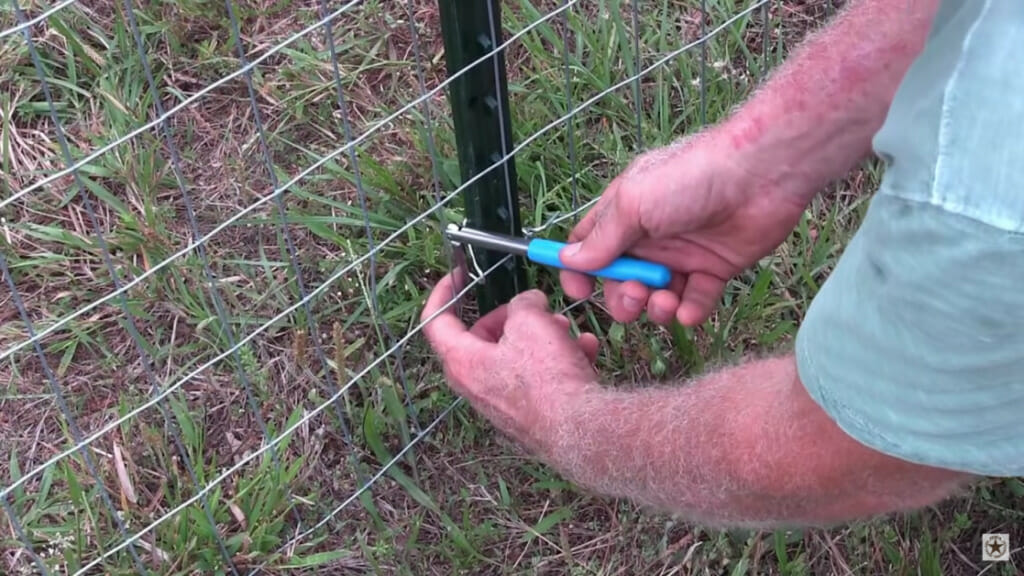
Installing a wire fence is more than one looks good; you have to consider the result you want and which installation method it’s compatible with.
Avoid stepped fences if you want to use chain links since that method is used for panel fencing installations. After that, consider if the method is compatible with the chain link fence slope steepness. You can opt to contour the fence if there are no major rises or dips. Otherwise, investing in digging or filling out the fence line area or using racked fences is better.
Be logical in approaching the fence material and ensure that the method you’re investing in is realistic regarding cost, labor, and expected results.
References
Florida State Fence – The 9 Types of Fences: Which Type of Fence Do You Need – www.floridastatefence.com/2019/05/01/the-9-types-of-fences-which-type-of-fence-do-you-need/
First in Architecture UK – Landscaping a Steep or Sloped Site – www.firstinarchitecture.co.uk/landscaping-a-sloped-or-steep-site/
Video References
Lowe’s Home Improvement
SWI Fence
MarioWorksPH
Interior Landscaping Along Ideas
Pete B: East Texas Homesteading
